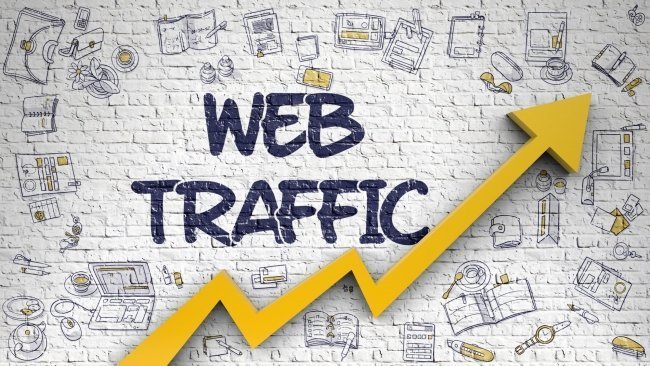
4 Strategies To Keep Your Online Traffic At Your Site.
10 February 2022One study conducted about a decade ago suggested that most online viewers would navigate away from a retail website if it took more than 8 seconds to load. In 2006, a similar study found that our online attention span is getting shorter; that study indicated that 75% of survey respondents would give up on a store’s website if it took more than 4 seconds to load. Research also suggests that people have little patience for long videos encountered on the web. Some viewers were inclined to leave a site after watching just 10 seconds after watching a video, while half of viewers retreated after one minute. In short, most people value convenience and speed when surfing the web, and online shoppers have no tolerance for websites that are difficult or take a great deal of time to operate. The following tips will ensure that your website keeps a shopper’s attention and helps make the sale.
Table of Contents
- Provide Complete Product Descriptions
- Don’t Underestimate the Importance of a Site’s Look
- Pay Attention to Organization and Navigation
- Make Checking Out Easy
- Tips To Write 10 Quality Blog Posts A Day.
- Are You Ready To Start Blogging.
- 3 Great Ways To Improve The Credibility Of Your Blog.
- Every Business Should Give Display Advertising A Chance.
Provide Complete Product Descriptions
The failure to provide customers with adequate product descriptions will be the death knell for a retail website. First and foremost, customers expect to find a photo or some sort of visual representation of a product. Indeed, all sophisticated shoppers will insist on seeing an item before making a purchase. Any photograph is better than none, but grainy or blurry pictures may make a customer hesitate before making a purchase. Also, providing poor quality photos will generally reflect negatively on the site and the retailer. Sites should also make detailed written information about products easily available, including descriptions of fabrics in clothing and size of electronic items. If customers can’t get a complete product description on your website, they’ll undoubtedly navigate away and choose to shop elsewhere.
Don’t Underestimate the Importance of a Site’s Look
While the products should be the focus of any retail website, too many operators overlook the role that the aesthetic qualities of a site can have in attracting and retaining customers. Traditional store owners typically carefully plan the interior design of a store to make the shopping experience pleasurable for customers, and the design of a retail website should involve that kind of care and attention to detail. If you’re selling elegant clothing, for example, the site should reflect a refined, sophisticated image. In contrast, you’re selling toys or other products aimed at children, perhaps a more whimsical, playful design would be appropriate. The primary objective in designing a retail website should be creating a connection between the look of the site and the products sold. Attention should also be given to the consumer demographic, and efforts should be made to make the site appeal to the target customer.
Despite the importance of the attractiveness of a website, retailers should also be mindful that design elements should not compromise the site’s speed. If certain graphics slow down the loading speed of the site, consider eliminating them, despite their aesthetic appeal. Because convenience and speed are generally an online shopper’s primary concerns, retail website operators must ensure that consumers don’t navigate away from a site before they even get a glimpse of the products.
Pay Attention to Organization and Navigation
Although analysts typically measure a website’s success based on how long a viewer visits the site, the true test of a retail site’s success is sales. In fact, if a customer stays on a site for an extended period of time because he can’t find the product he’s looking for, because the product description is incomplete or information about the pricing or shipping costs is confusing, chances are he won’t make that purchase and won’t return to the site. Therefore, putting a premium on a website’s organization and customers’ ability to easily navigate around the site is imperative for online retailers. In fact, in one survey, 65% of respondents indicated that they would return to a store’s website if it was easy to navigate.
Make Checking Out Easy
If a customer has found the product they want and committed to making the purchase, the only thing that stands between them and the sale is the checkout process. One survey indicates that the vast majority of online shoppers expect a rapid checkout. After all, most products available online are also available in stores and shopping malls. Again, for the online consumer, speed and convenience are key, so making the final moments of the shopping experience quick and easy should be a high priority. If a retail site requires much information from the customer beyond name, address and credit card number, busy consumers may get frustrated. And returning customers should be rewarded for their loyalty; sites should be capable of retaining customer information so the checkout process is streamlined when customers return for another purchase.




















